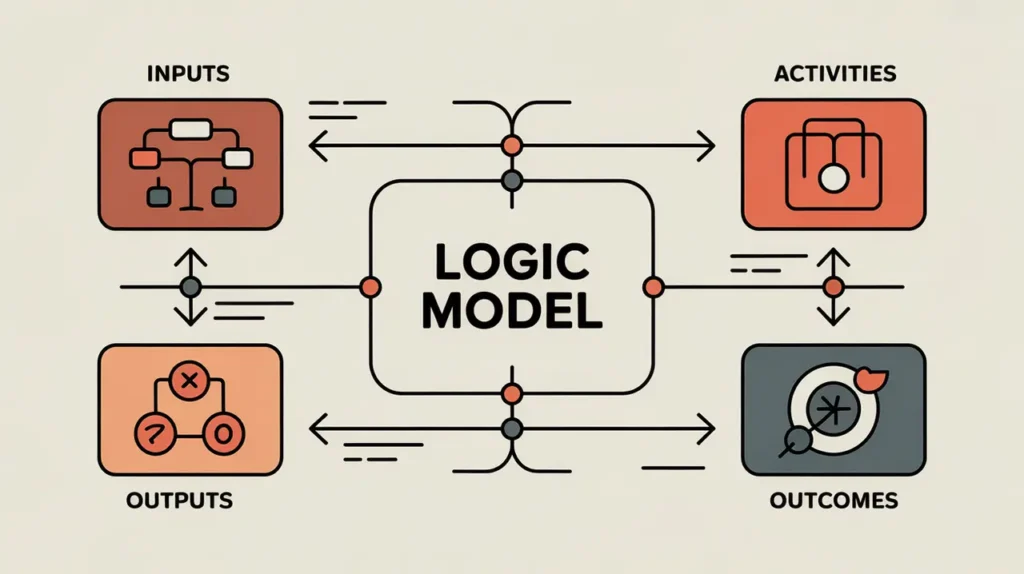Importance of Paradigm Shift
A paradigm shift fundamentally changes the way people understand and approach problems. It is important because entrenched assumptions often limit the possibilities for solving complex challenges. In development and social innovation, paradigm shifts redefine the rules of engagement. They open space for new models, policies, and cultural norms that can unlock systemic change.
Definition and Features
A paradigm shift refers to a transformative change in the underlying beliefs, frameworks, or practices that shape how societies, sectors, or systems operate. Its defining features include:
- Foundational Change – alters core assumptions rather than incremental improvements.
- Disruptive Influence – challenges established norms, power structures, or practices.
- System-Wide Impact – reshapes entire fields, disciplines, or industries.
- Reframing – redefines what is possible, valuable, or legitimate.
- Longevity – persists over time, influencing future generations of thought and practice.
How this Works in Practice
In practice, paradigm shifts include the move from charity to rights-based approaches in development, the shift from analog to digital communication, or the reframing of climate change from an environmental issue to a systemic economic and social crisis. Social movements, technological innovations, and scientific discoveries often spark paradigm shifts. Challenges include resistance from entrenched interests, long transition periods, and uncertainty during the shift.
Implications for Social Innovation
Paradigm shifts expand the horizon of social innovation by making room for ideas that once seemed impossible or irrelevant. They enable innovators to challenge dominant narratives, redefine success, and embed new norms into systems. For practitioners, paradigm shifts require readiness to adapt strategies and embrace discontinuity. For funders and policymakers, supporting paradigm shifts means investing in bold ideas, proximate leadership, and narrative change. Paradigm shifts can realign systems toward greater equity and sustainability.







